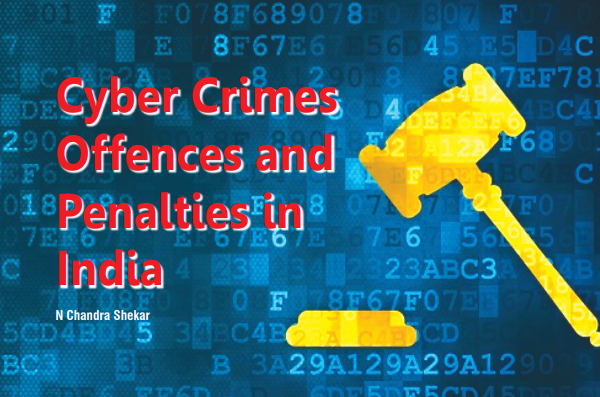
New Criminal Laws in India
Advocate Salman Sabuani is a specialist in matters concerning legal strategy, fraud by companies, white collar crime, forensic accounting, corporate and individual debt recovery, medical negligence cases, and property encroachment matters. I am writing this series of articles to help readers gain a better understanding of their interactions with law enforcement agencies. By clarifying key…


